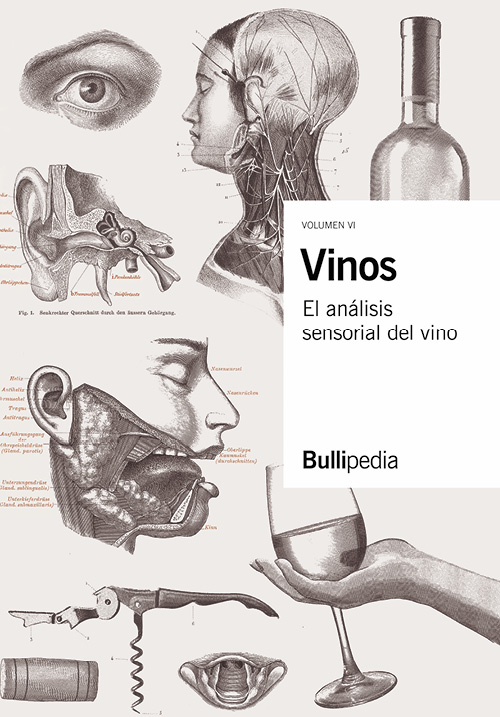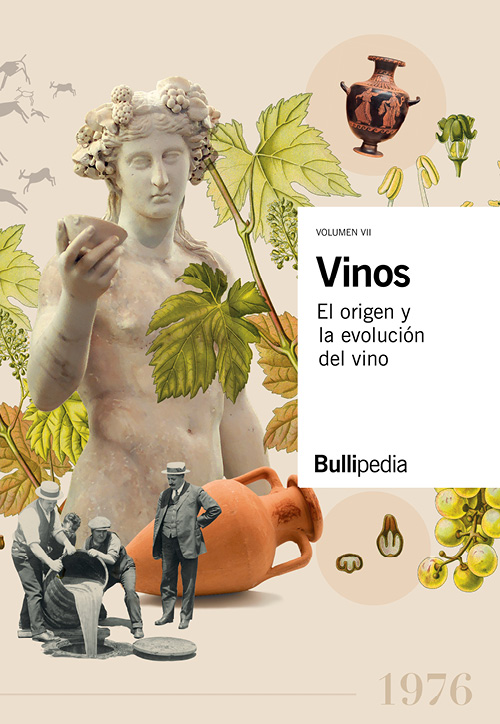Vinos. La cata como actividad (Volumen V)
Wines. Wine Tasting as an activity (Volume V)
This, the fifth volume of Wine Sapiens, deals with the act of wine tasting; gathering together the knowledge necessary to facilitate a rewarding evaluation of wine: organisation, the necessary resources, tasting categories, tools, etc. This volume links with volume VI, which will deal with the organoleptic analysis itself and, combined, the two volumes total around 1,000 pages. This content is used to develop an understanding of technical wine tasting.
392 pages long
230 x 330 mm
Hard cover
ISBN: 978-84-09-32817-8
Sold out
COMPLETE THE WINE SERIES ...

Contributions to this volume are provided by nine of the most celebrated wine tasters on the planet. Sarah Jane Evans MW, Tim Atkin MW, José Peñín and Luca Maroni are among those figures.
Incorporating the Sapiens research method, the book begins by defining from a lexical and semantic point of view exactly what constitutes wine tasting. In addition, the Sapiens method tries to situate objects and fields of study within this sphere, in order to explore the areas of life where it has the greatest influence. We address such enquiries as: is tasting a necessary activity? And… who benefits from tasting?
Classifications are another of the key points of Sapiens because they allow a better understanding of any object of study. This book presents 11 different classifications that group together no less than 74 classificatory criteria.
Wine tasting is a human act generally carried out for commercial or promotional purposes. For the correct development of a tasting session, there is a series of tasks required that follow a General System of Planning, Organisation and Functioning (GSPOF).
The resources involved in the tasting process have an important influence: these can be human resources, financial resources, or those derived from knowledge, infrastructures, techniques or from the wines themselves. We also explore in depth the relevance of the glass as the main tool that modifies the expression of the wine.
The resources involved in the tasting process have an important influence: these can be human resources, financial resources, or those derived from knowledge, infrastructures, techniques or from the wines themselves. We also explore in depth the relevance of the glass as the main tool that modifies the expression of the wine.
In this section is a short summary of each chapter of the book
Download in PDF
CHAPTER 1
INTRODUCTION TO WINE TASTING
Continue reading >

CHAPTER 2
THE ACT OF WINE TASTING
Continue reading >

CHAPTER 3
THE CLASSIFICATION OF WINE TASTING
Continue reading >

CHAPTER 4
TYPES OF WINE TASTING
Continue reading >

CHAPTER 5
HOW IS A WINE TASTING PROJECT CARRIED OUT?
Continue reading >

CHAPTER 6
GENERAL TASTING RESOURCES
Continue reading >

CHAPTER 7
TOOLS
Continue reading >

CHAPTER 8
METHODS OF SENSORY ANALYSIS
Continue reading >

CHAPTER 9
THE EXPERIENCE OF WINE TASTING
Continue reading >

A work that delves into the world of wine tasting and which analyses up to twelve different wine tasting methods.
7 Caníbales

Some books really are the best of company… Jancis Robinson’s brilliant prologue on the aesthetics of wine begins this new volume, the fifth, of Wine Sapiens. Full of wisdom and erudition, reflections and pragmatism, visions and realities on the subject of wine tasting.
Ruth Troyano

The Wine Sapiens series is one of the most complete and valuable works penned about the world of wine. A highly detailed encyclopaedia that aims to answer the what, when, how, why and where of the relationship between wine and the fine dining restaurant sector. The importance of this work lies in its method of research: sapiens.
Tecnovino
































